PTFE or Silicone Conveyor Belts Splices
HOME / PRODUCTS / PTFE Or Silicone Coated Belts / PTFE or Silicone Conveyor Belts Splices
The terms “splice,” “joint,” or “seam” denote the method of joining conveyor belts. Saryee Belting offers diverse capabilities for splicing lightweight conveyor belting, providing various common splice options. Whenever feasible, it is advisable to procure conveyor belts with splices for optimal performance and precise tracking. Additional specialty splices are also available; consult Saryee Belting for further information.
Endless Belt Splices
We utilize endless splices to achieve the thinnest possible splice by sealing together both ends of the belt material. Saryee Belting offers a range of endless splices, including Overlap, Butt, Step, and Finger seams, all custom-manufactured. Various options for each splice style are available to cater to different applications and belt materials.
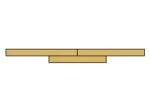

PTFE Conveyor Belt With Butt Splice
Butt splice joins the ends of a conveyor belt by aligning them together and sealing a strip of reinforcing fabric underneath or above, providing a smooth and uniform surface without a step-down characteristic.
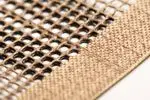



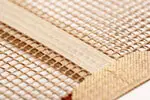



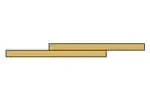

PTFE Conveyor Belt With Overlap Splice
We design PTFE conveyor belts with overlap splices by cutting the ends of the belts straight or at an angle, typically ranging from 25mm to 100mm. Then, we overlap these ends and heat seal them together to create a strong joint.
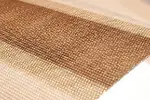

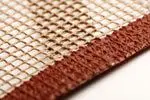





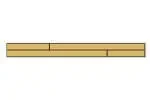

Silicone Conveyor Belt With Step Splice
Saryee belting's multi-ply silicone fabrics belts can undergo ply splitting and rebonding to create a seam characterized by a smooth product surface and minimal thickness variation in the seam region.
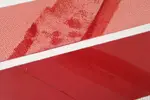

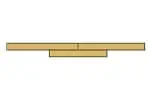

PTFE Conveyor Belt With Finger Splice
Finger splicing entails cutting small fingers at both ends of the belt using a template. Subsequently, we insert these fingers into alternating grooves on each end of the belt, effectively interlocking them.
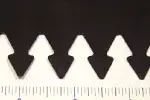



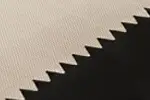

Metallic Belt Splices
Metallic splices are a preferred choice for connecting PTFE conveyor belts due to their strength, durability, and resistance to high temperatures. They provide a reliable connection capable of withstanding heavy loads and high tension, ensuring continued performance in demanding industrial environments. Additionally, their ease of installation and longer service life compared to other splicing methods make them a cost-effective and efficient solution for various conveyor applications.
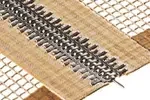

PTFE Conveyor Belt With Alligator Splice
The Alligator Splice is a robust and easy-to-use method for joining conveyor belts, available in galvanized or stainless steel variants, allowing for seamless installation without the need for machinery disassembly. A coverflap can be added to reduce heat transfer to your material.
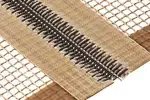

PTFE Conveyor Belt with Clipper Splice
A PTFE conveyor belt with a clipper splice utilizes small wires to pierce the belt ends, joined by a metal pin, offering durability and easy installation without machinery disassembly, with the option to add a coverflap for reduced heat transfer to materials.
Non-Metallic Belt Splices
Non-metallic splices offer an alternative method for joining PTFE conveyor belts, utilizing pins made of metal or high-temperature plastic. Saryee Belting provides various non-metallic splice options including Bullnose Splice, Castellated Splice, and PEEK Spiral Splice, offering versatility and durability for different conveyor applications.
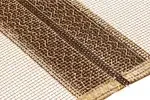

PTFE Conveyor Belt With Bullnose Splice
Its rounded profile characterizes the Bullnose splice, minimizing the risk of snagging or catching on conveyor components. This type of splice ensures uniformity and reduces the potential for product contamination or damage during conveying operations.
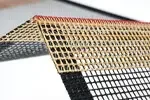

PTFE Conveyor Belt With PEEK Spiral Splice
PTFE conveyor belts with PEEK splices offer excellent durability and reliability, particularly in applications where metal splices may not be suitable due to concerns such as contamination or chemical reactivity. Either a peek splice or a bullnose splice should be chosen when maximum airflow is desired.
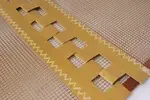

PTFE Conveyor Belt With Castellated Splice
A PTFE conveyor belt with a Castellated splice is a type of non-metallic joining method that resembles the alligator splice but eliminates the need for a metal clip. Instead, it utilizes a PTFE Kevlar material with a special pin for joining the belt ends. The Castellated splice features interlocking teeth or projections along the belt ends, which securely mesh together when connected with the special pin.

